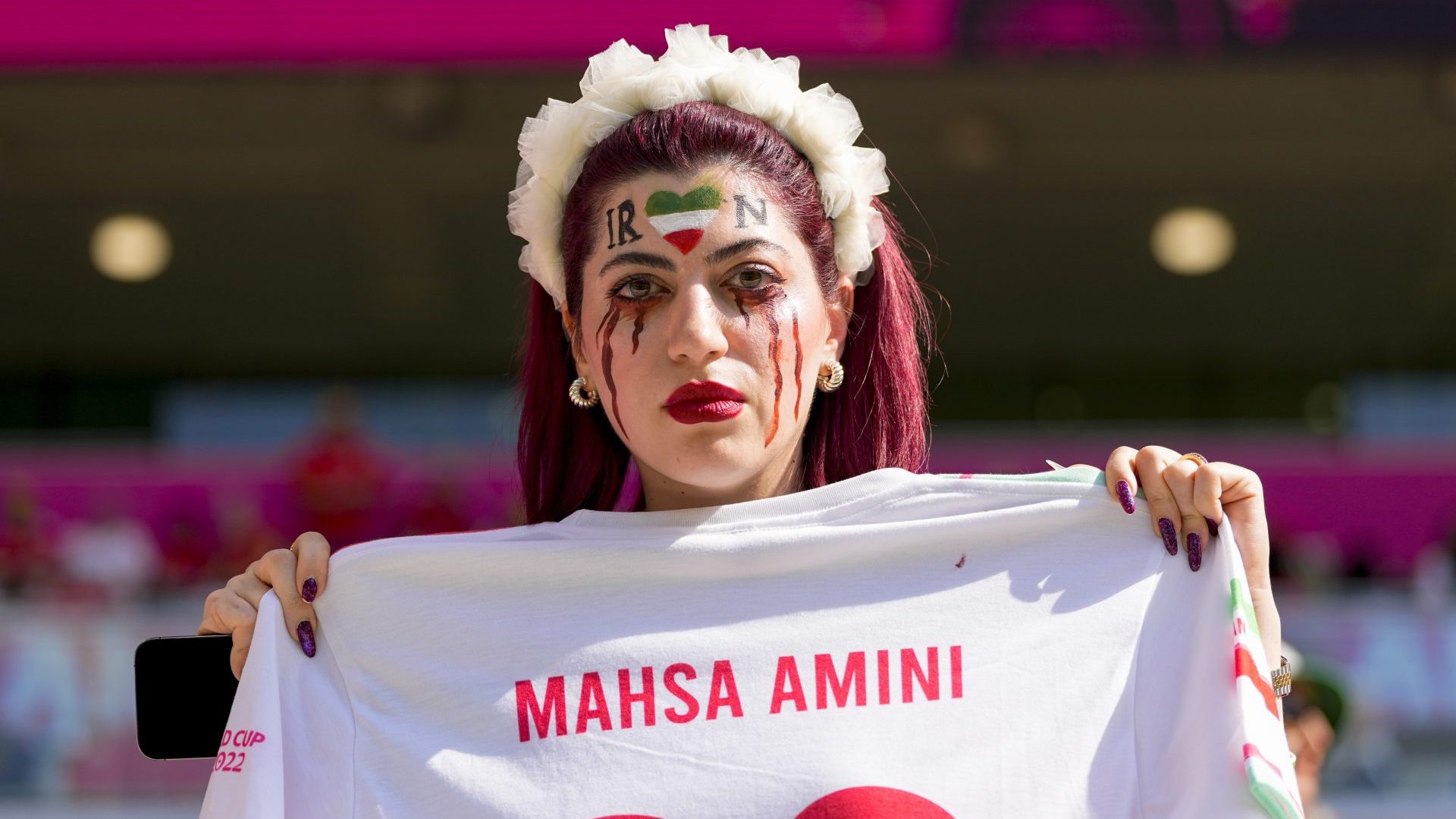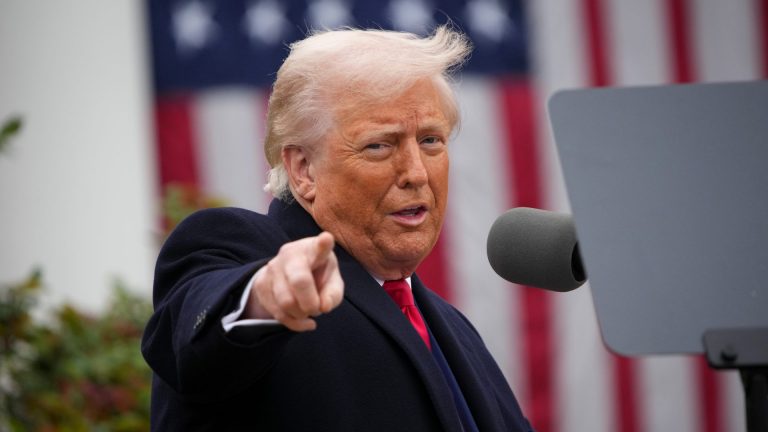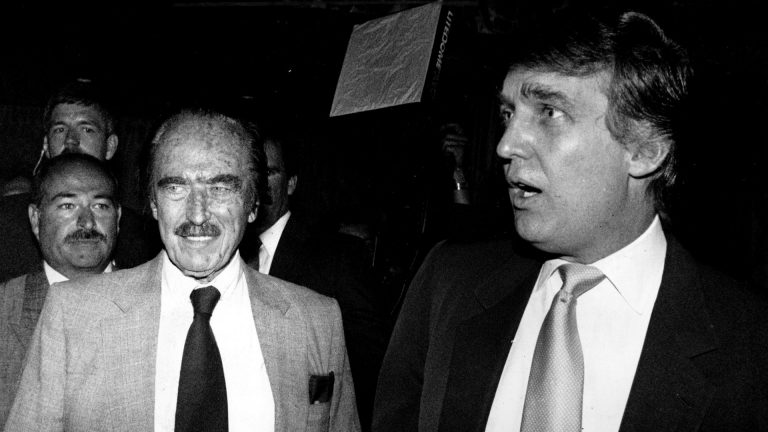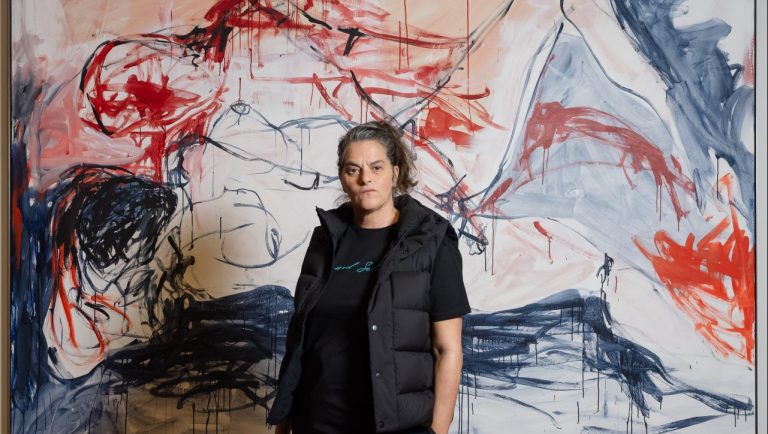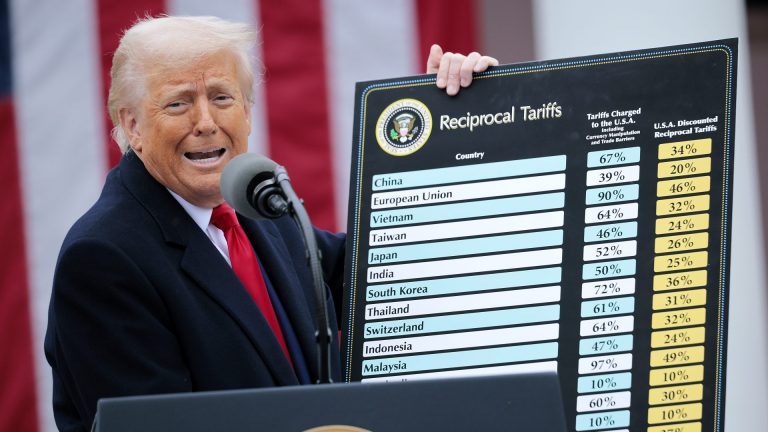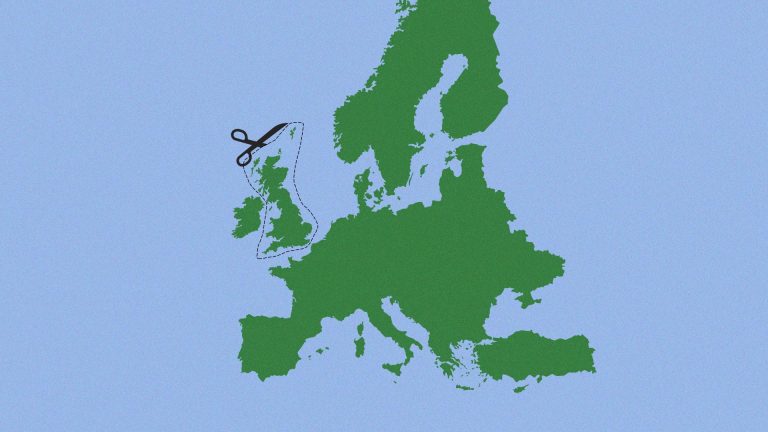Iran is racked by protest. In locations all across the Islamic Republic, people are rallying against a regime that has been the source of torture, disappearances and arbitrary execution for decades. Thus far, thousands have been arrested and charged in connection to the unrest. Many have been subjected to torture while others face the death penalty. Who knows what fate awaits Iran’s footballers, who refused to sing the national anthem before defeat by England in their opening game of the World Cup?
Outside of the Islamic Republic, Iran appears to draw ever closer to the Russian orbit, partnering with Moscow in Syria and providing drones and trainers for the Kremlin’s deadly war in Ukraine.
Few outside of Tehran would make the case for the Supreme Leader’s rule. However, unable to consider further military involvement within the region after the calamitous invasion of Iraq in 2003, the West has instead adopted a course of hesitant coexistence over that of direct confrontation. Principally, this taken the form of sanctions – such as those slapped on 29 individuals and three entities this week – or stalled debates over the West’s nuclear deal, or the Joint Comprehensive Plan of Action, (JCPOA) to give its fuller title.
However, while Europe and the west looks on and wrings their collective hands in anguish, the greatest threat to the Iranian regime comes, comes not from sanctions or nuclear deals, but from the demonstrations within the country itself and the support they receive from its football team in Qatar.
In reality, the Iranian people have never really had it easy. Even before the 1979 Islamic revolution that overthrew the Shah, torture, arbitrary arrest and even execution were not unknown. Old and cliched images of young Iranian women in miniskirts from before the revolution are no indicator of a state’s respect for its citizens’ rights. Little improved after the revolution, not least for the country’s women who suddenly found their clothing and headwear the subject of Islamic law.
However, that a branch can only be bent so far before it springs back appears to be coming true for the Iranian regime. After the death in custody of 22-year-old Mahsa Amini, arrested by the country’s morality police for wearing “immodest clothing”, something deep within Iran appears to have changed. Even the circumstances of Amini’s death speak to the psychology of the regime. Alleged to have experienced a heart attack while being held in a “guidance centre,” where Iranian women are taught how to dress correctly, official denials of Amini’s torture are withering in the face scrutiny.
Across the country, in the weeks since her death, Iranian women have burnt their headscarves and cut their hair, in stark defiance of religious laws and a brutal state that dictate otherwise. Moreover, unlike past bursts of local dissent within the Islamic Republic, the current rounds of protest appear to have spread across both the country and society.
There is little that is new about Iran’s contempt for human rights. “Arbitrary arrests, torture, mass executions and even crimes against humanity have all been recorded,” Nina Navid of Amnesty International said. “We’re also seeing a real crisis of impunity within the regime. There is no real accountability at play here. No one is ever really held to account, not even those members of the Morality Police accused of responsibility for Mahsa’s death.”
The investigation into Amini’s death was condemned by 800 medical doctors within Iran, Navid said, stressing that the culture of official impunity extended to every level of the Iranian state, with each official function shadowed by a culture that encourages a dearth of accountability.
Navid continued: “There are increasing reports of young people being disappeared by the police and return with accounts of torture, sexual assault and worse.”
However, resistance is coming at a cost. “Amnesty has tracked around 200 protesters, including 30 children, who have been killed by police during clashes,” Navid said, “To be clear, those are Amnesty’s numbers, the real figures are likely a lot higher.”
In Europe and the West, policymakers have been conspicuous in their condemnation of both the treatment of protesters, as well as the drones provided to Russia. However, for critics, their answer – to impose still further sanctions – only serves to fuel an underground industry that, Politico reported, launders tens of billions of US dollars on behalf of Tehran annually.
Until Russia’s invasion of Ukraine in February, Iran was the most sanctioned country in the world, with the West firmly aligned with Tehran’s opponents, principally Saudi Arabia and Israel, within the region. All the same, while Iran’s economy worsened and social conditions deteriorated, its spending on defence continued, consolidating the Islamic Republic’s status as the largest military power within the middle east and the 14th worldwide.
Regionally, according to US estimates from 2018, Iran continues to channel some $700 million to the Lebanese political and military group, Hezbollah, as well as deploying troops to Syria while waging a proxy war with Saudi Arabia and its allies within Yemen. All of this comes at a cost and, while oil and gas sales underpin the bulk of that, its growing reputation as a provider of low cost drones, most obviously to Russia in Ukraine, is helping boost its economy and standing on the world stage.
According to reporting in Forbes, Iran now claims to be providing cheap drones to 22 states, among them, Serbia and Armenia. Moreover, Iran has recently inked deals to open new production facilities in Russia and Tajikistan, no doubt making use of western technologies captured by Russia in Ukraine and traded for ordinance. Moreover, CNN report, Iran is currently preparing to dispatch 1,000 additional weapons to Russia, ahead of the 450 already shipped, including surface-to-surface short range ballistic missiles and attack drones, such as the Shahed-136s, a bargain at $20,000, which explode on impact, earning them the sobriquet, “suicide drones.”
Nevertheless, for the west, the bulk of the diplomatic efforts still appears confined to the nuclear deal, now years in the making and, thanks to Donald J. Trump, unmaking. That nuclear deal, like nostalgia, isn’t what it used to be. Seven years ago the JCPOA was considered the high diplomatic watermark of the Obama administration, now it festers on the diplomatic sidelines as protest and drones compete for headline space.
Under the terms of the deal, Tehran agreed to scale back its nuclear weapons program in return for the lifting of some sanctions. However, like many of the gains of his predecessor, that agreement was scuppered by his successor. Now, while the EU and others states cling on to the tenets of the deal, the focus of its prime movers, the US and Iran, appears to have wandered.
Moreover, circumstances for renewing discussions between the two principal protagonists are far from ideal. Through its support of Russia and brutal suppression of protests at home, Iran has essentially rendered itself diplomatically toxic. Moreover, for now at least, Tehran appears relatively comfortable with existing trade with China, the UAE and India.
In sum, it’s probably fair to say that the diplomatic prognosis isn’t great and, while sanctions offer the opportunity to kick the can down the road, progress on the nuclear deal remains in deadlock.
“For many, it’s sequential,” Tobias Borck of the Royal United Services Institute, (RUSI) told The New European, ‘Policymakers feel that, if they can get the nuclear deal done, then they can move on to other things. However, right now, the JCPOA is a bit like Shrodinger’s cat. It might be alive, it might be dead, but no one wants to open the box and check,” Borck said.
For the Biden administration, a failure to reinvigorate the deal would mark a crushing policy failure, “For Iran, it’s not much more promising,” Borck continued, “Despite acting with increased belligerence, they know that walking away from the deal risks the full weight of sanctions snapping back. Lastly, looking on, is Europe, which doesn’t really have any alternate policy ideas to the deal.”
Perhaps more than anything, the deal has come to embody western hope in the face of a darkening reality. While the Iranian regime wages war on its populace, the idea that the agreement may moderate Tehran’s actions at home and across the region appears rooted more in hope than practicality. Conversely, to go in too hard on sanctions is to risk the Iranian regime walking away entirely.
Somewhere, far away, an imaginary baby is nervously regarding its figurative bathwater.
“Western Sanctions have been in effect in Iran for decades,” Esfandyar Batmanghelidj, the founder of the Bourse & Bazaar Foundation, a think tank focused on economic diplomacy said, “In terms of limiting of limiting the size of the economy, and disrupting activity, they appear to be effective. However, in terms of reducing the security threat posed by Iran and its proxies, no, they haven’t really changed a great deal.”
Moreover, while Iran contains some of the largest gas and oil reserves in the world, massive imports of oil and LNG into Europe over the summer have mitigated the worst of the freezing winter so gleefully anticipated in Moscow and Tehran.
Critically, those imports have also alleviated some of the pressure on western planners on reaching an accommodation with a long standing adversary, which both the west’s established supply lines and international alliances have become accustomed to circumventing.
Nevertheless, while the ship on Europe normalising trade with Iran may have truly sailed, Batmanghelidj said, the chances of any significant escalation in economic warfare on Tehran found itself floundering upon the rocks of “capacity.”
In sum, between Europe-wide inflation, massive migration surges, war in Ukraine, domestic difficulties and the threat of a resurgent right, there is simply just too much stuff going on to consider opening a fresh offensive on Tehran.
In the meantime, “Sanctions offer a political solution to policymakers. They get to be seen taking action, while buying time in working out how best to tackle Iran, whether that’s to isolate or engage, we don’t know,” Batmanghelidj said.
Whatever games of three-dimensional chess are being played in the capitals of the West, the situation for the Iranian people is both desperate and immediate. As fresh rounds of protest break out in the universities, hardline voices within the regime are calling for protesters to be crushed without leniency.
How these current demonstrations may play out, or the degree to which the regime may prove willing to compromise, is unknown. However, the protests have highlighted the fact that, within Iran, something fundamental has changed. “It’s not going away,” Navid said, “Iran is like an elastic band that’s been pulled too tight. Now, every time there’s a public gathering, whether that’s a national event, or even just a funeral, there’s an implicit threat to the regime. That changes everything.”

